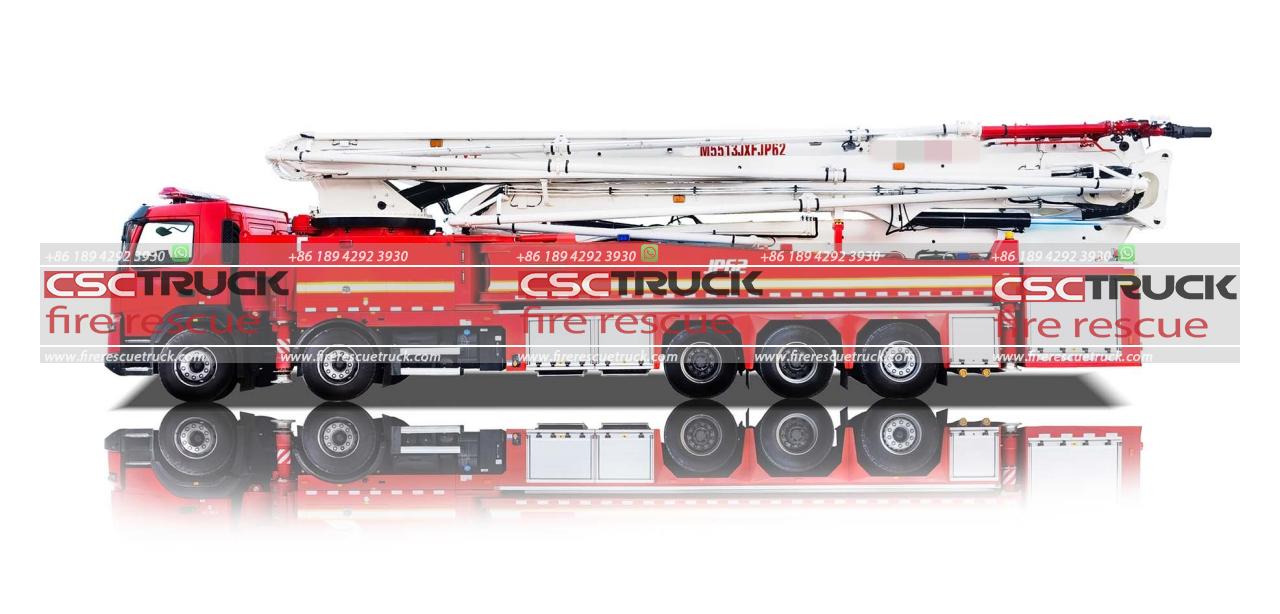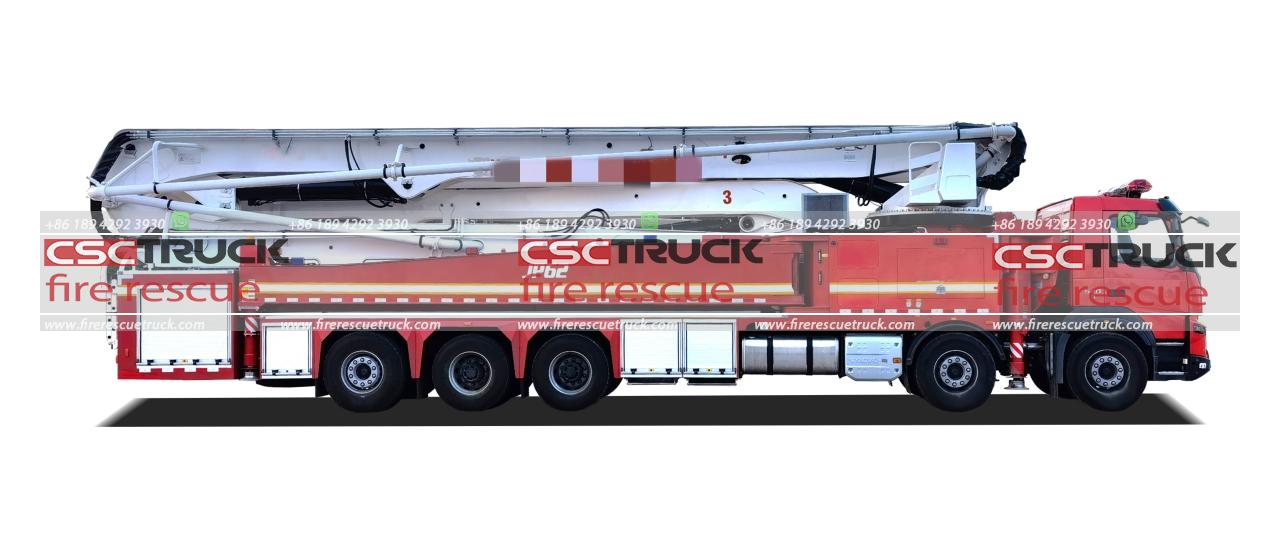Fire is a phenomenon that has fascinated and frightened humanity since its discovery. From early civilizations harnessing its power for warmth and cooking to modern societies grappling with its destructive force, fire has played a significant role in shaping human history. However, to comprehend fire fully, it’s essential to understand its fundamental components. Fire isn’t a singular entity but a complex interplay of various elements and conditions. In this article, we delve into the 4 components of fire, we call them Fire Tetrahedron. shedding light on their significance and how they contribute to the combustion process.
1. Fuel
At the core of every fire lies its fuel. Fuel refers to any material that can undergo combustion when exposed to sufficient heat and oxygen. It could be solid, liquid, or gas, ranging from wood and paper to gasoline and natural gas. Each type of fuel has its unique properties, influencing the characteristics of the fire it produces.
In the case of solid fuels like wood or paper, combustion occurs when heat breaks down the material’s chemical bonds, releasing volatile gases that ignite and sustain the flame. Liquid fuels, such as gasoline or alcohol, vaporize when heated and mix with oxygen in the air to form a flammable mixture. Gaseous fuels, like methane or propane, require proper mixing with oxygen before they can ignite.
Understanding the nature of the fuel is crucial for fire safety and prevention. Different fuels require different handling and storage procedures to minimize the risk of accidental ignition. Moreover, controlling the fuel source is often a primary strategy in firefighting operations, as removing or extinguishing the fuel can effectively quench the fire.
2. Oxygen
Oxygen is the lifeblood of fire. It serves as the oxidizing agent, facilitating the chemical reaction known as combustion. Without a sufficient supply of oxygen, the fire cannot sustain itself, and the combustion process will cease.
In most cases, oxygen is readily available in the Earth’s atmosphere, constituting approximately 21% of its composition. When a fuel source reaches its ignition temperature and comes into contact with oxygen, the 2 undergo a rapid chemical reaction, releasing heat and light energy. This process, known as oxidation, generates the flames and heat characteristic of fire.
The availability of oxygen plays a crucial role in determining the intensity and behavior of a fire. In confined spaces with limited ventilation, fires can quickly deplete the available oxygen, leading to incomplete combustion and the production of toxic gases like carbon monoxide. Conversely, in open environments with ample airflow, fires can burn more vigorously, posing greater challenges to containment and extinguishment.
3. Heat
Heat acts as the catalyst that initiates and sustains the combustion process. It is the energy required to raise the temperature of the fuel to its ignition point, where it can undergo rapid oxidation and produce flames.
Heat can be supplied in various forms, including flames, sparks, friction, electrical arcs, or radiant heat from nearby sources. Once the fuel reaches its ignition temperature, it continues to generate heat through exothermic reactions, perpetuating the cycle of combustion.
Controlling the heat component of fire is essential for both fire management and safety. Firefighters utilize techniques such as cooling and heat shielding to reduce the temperature of the fire and protect adjacent structures or personnel. Additionally, understanding the heat release rate of different fuels is critical for assessing fire hazards and designing fire-resistant materials and structures.
4. Chemical Chain Reaction
The chemical chain reaction is the final component that sustains the fire by continually generating heat and releasing energy. It involves a series of complex chemical reactions between the fuel and oxygen molecules, producing intermediate compounds and releasing thermal energy.
The chain reaction typically proceeds through several stages, including initiation, propagation, and termination. During initiation, an external heat source breaks chemical bonds within the fuel, creating highly reactive free radicals. These radicals then react with oxygen molecules in the surrounding air, forming new compounds and releasing additional heat.
As the chain reaction progresses, it accelerates the rate of combustion, leading to the rapid spread of flames and the release of large amounts of energy. The process continues until either the fuel or oxygen supply is depleted, or external factors interrupt the chain reaction, causing the fire to extinguish.
Understanding and disrupting the chemical chain reaction is a key strategy in fire suppression. Firefighters often use extinguishing agents that interfere with the combustion process, such as water, foam, or dry chemical powders, to break the chain reaction and extinguish the flames.
In conclusion, fire is a complex phenomenon governed by 4 primary components: Fuel, oxygen, heat, and the chemical chain reaction. Each component plays a crucial role in the ignition, propagation, and extinguishment of fires, highlighting the importance of understanding fire dynamics for fire safety, prevention, and firefighting efforts. By comprehending these fundamental principles, we can better mitigate the risks associated with fire and protect lives, property, and the environment.









